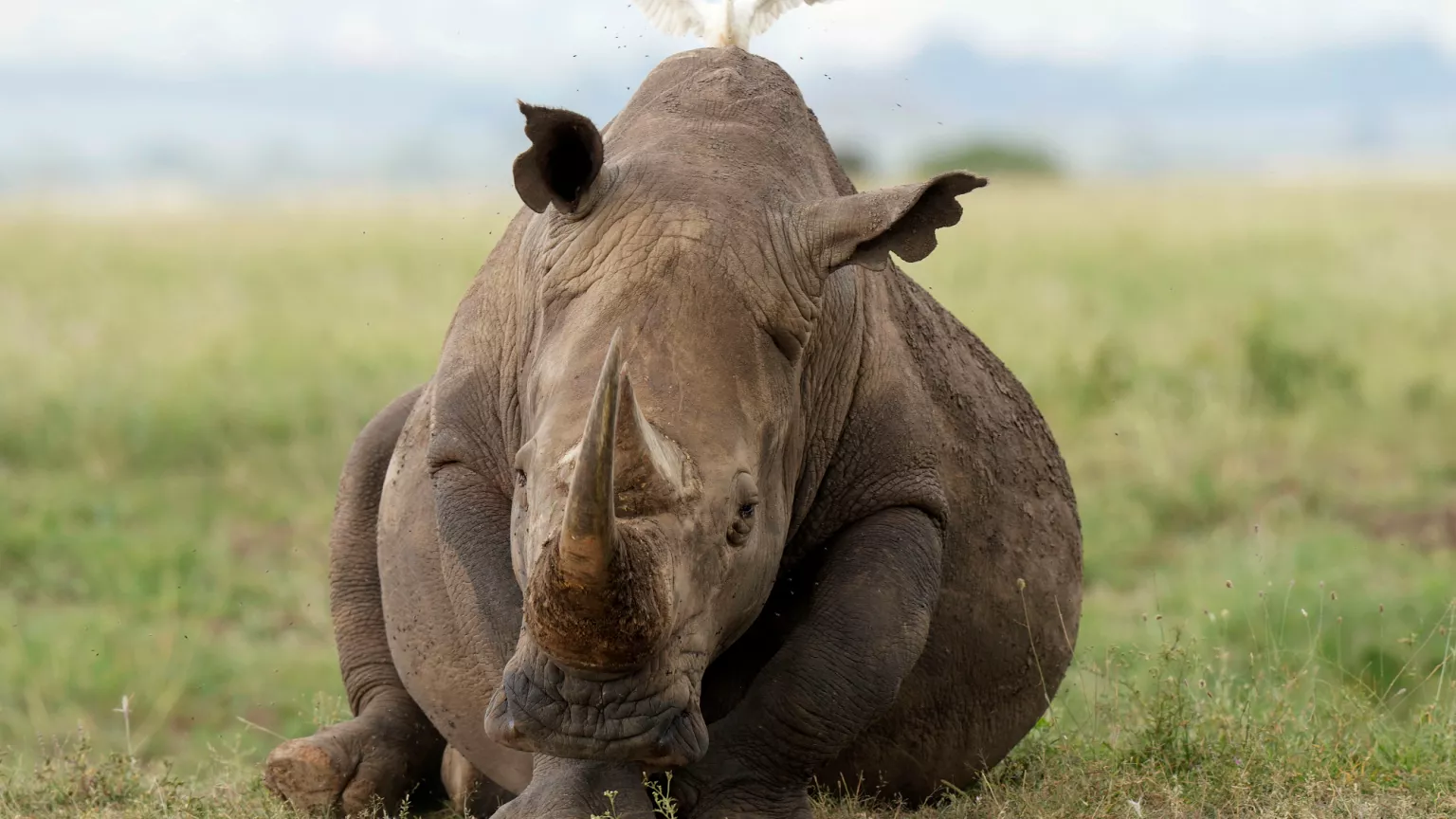The latest worldwide count of rhinoceros populations brings a message of cautious optimism. While some rhino species have shown encouraging growth, others remain under severe threat, reminding us that conservation work is far from over.
The Black rhinoceros, native to parts of eastern and southern Africa, has seen its numbers rise from around 6,200 to nearly 6,800 individuals. This increase, reported by specialist groups working under the umbrella of the Convention on International Trade in Endangered Species (CITES), marks a meaningful step forward for a species once pushed to the brink of extinction.
“This is a real win for the Black rhino, a species that has faced enormous challenges,” said conservationists following the report’s release. The growth reflects years of dedicated efforts including anti-poaching patrols, habitat restoration, and community involvement in countries like Kenya, South Africa, and Namibia. These efforts have helped turn the tide for the species after decades of decline caused largely by illegal hunting driven by demand for rhino horn.
However, not all rhino species share this positive story. The populations of other rhinos, such as the Greater one-horned rhino in Asia and the White rhinoceros in Africa, show mixed results. Some face ongoing pressures from habitat loss and poaching. The two smallest rhino species—the Sumatran and Javan rhinos—remain critically endangered with alarmingly low numbers, underscoring the urgency of intensified conservation action.
Also Read; Tanzania Embraces U.S. Green Lightning Technology For Farming
Experts emphasize that this mixed picture means the work to protect these iconic animals must continue with greater urgency and collaboration. Illegal wildlife trafficking fueled by persistent demand, especially in parts of Asia, continues to threaten rhino survival globally.
Dr. Emily Carter, a wildlife biologist, notes, “Conservation success depends on supporting not just the animals but the people who share their habitats. When communities benefit from protecting wildlife, the outlook improves for all.”
The latest rhino report is a reminder that while progress has been made, these ancient creatures’ future remains fragile. It calls on governments, NGOs, and citizens worldwide to keep pushing for stronger protection and habitat preservation to ensure rhinos continue roaming the wild for generations to come.







